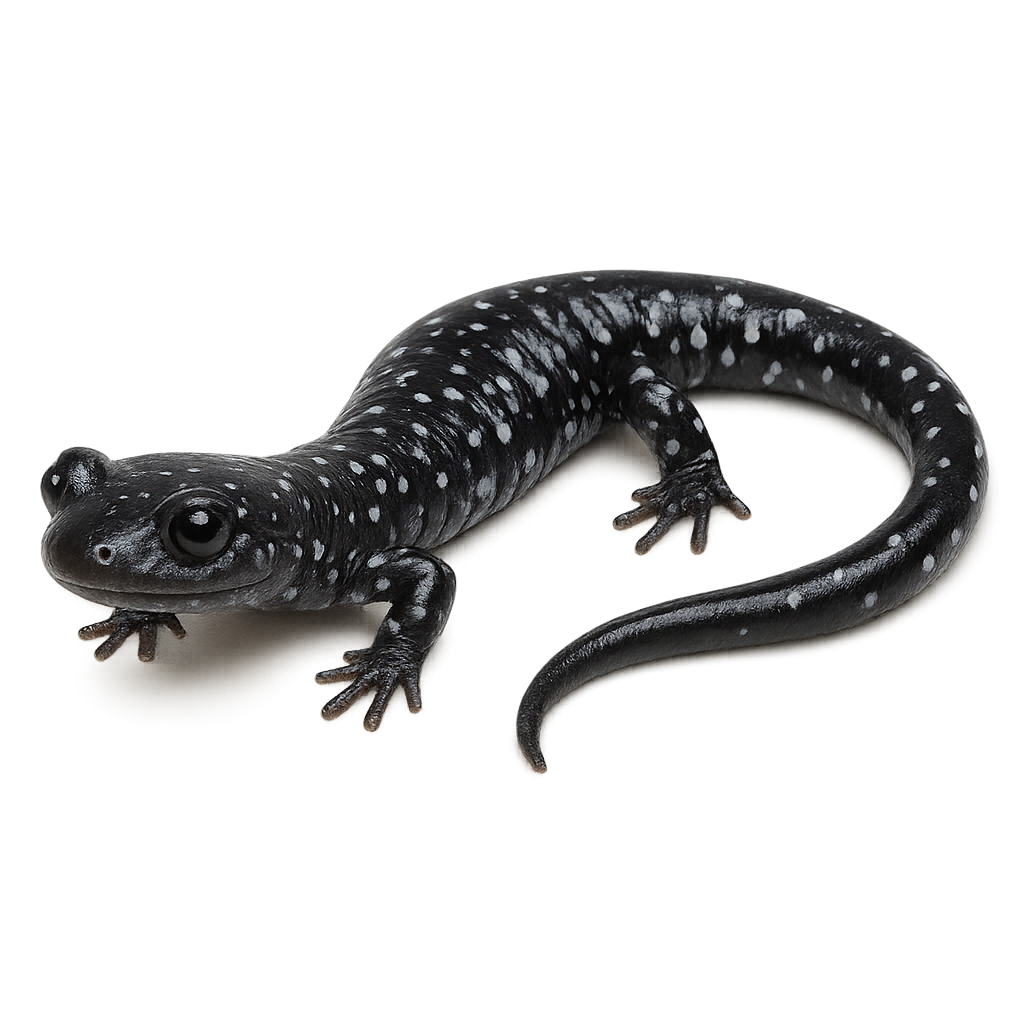Your wildlife photography guide.
Explore the western slimy salamander in detail, study its behavior, prepare your shots.
Where to observe and photograph the western slimy salamander in the wild
Learn where and when to spot the western slimy salamander in the wild, how to identify the species based on distinctive features, and what natural environments it inhabits. The WildlifePhotographer app offers tailored photography tips that reflect the western slimy salamander’s behavior, helping you capture better wildlife images. Explore the full species profile for key information including description, habitat, active periods, and approach techniques.
Western Slimy Salamander
Scientific name: Plethodon albagula

IUCN Status: Least Concern
Family: PLETHODONTIDAE
Group: Amphibians
Sensitivity to human approach: Suspicious
Minimum approach distance: 2 m
Reproduction period: March to May
Incubation: 100–115 jours
Births: March to May
Habitat:
Moist forests, shaded areas, forest edges
Activity period :
Mainly active at night, generally discreet during the day.
Identification and description:
Plethodon albagula, commonly known as the Western Slimy Salamander, is an amphibian species in the Plethodontidae family. It is primarily found in the wooded regions of central United States, particularly in moist and shaded areas. This salamander is characterized by its smooth and moist skin, often black with white or grayish spots on its back. It typically measures between 10 and 15 cm in length. Nocturnal, it primarily feeds on insects and other small invertebrates. Unlike many other salamander species, it lacks lungs and breathes through its skin. Its reproduction is terrestrial, and it lays its eggs in moist places, where the larvae develop without an aquatic phase.
Recommended lens:
Macro – adjust based on distance, desired framing (portrait or habitat), and approach conditions.
Photography tips:
To photograph the Western Slimy Salamander, it is advisable to use a macro lens to capture the details of its unique skin. Look for it in moist and shaded areas, preferably after rain, as it is more active. Be patient and avoid sudden movements to prevent scaring it away. Use a tripod to stabilize your camera and adjust the lighting to avoid reflections on its moist skin.
The WildlifePhotographer App is coming soon!
Be the first to explore the best nature spots, track rutting seasons, log your observations, and observe more wildlife.
Already 1 430 wildlife lovers subscribed worldwide

